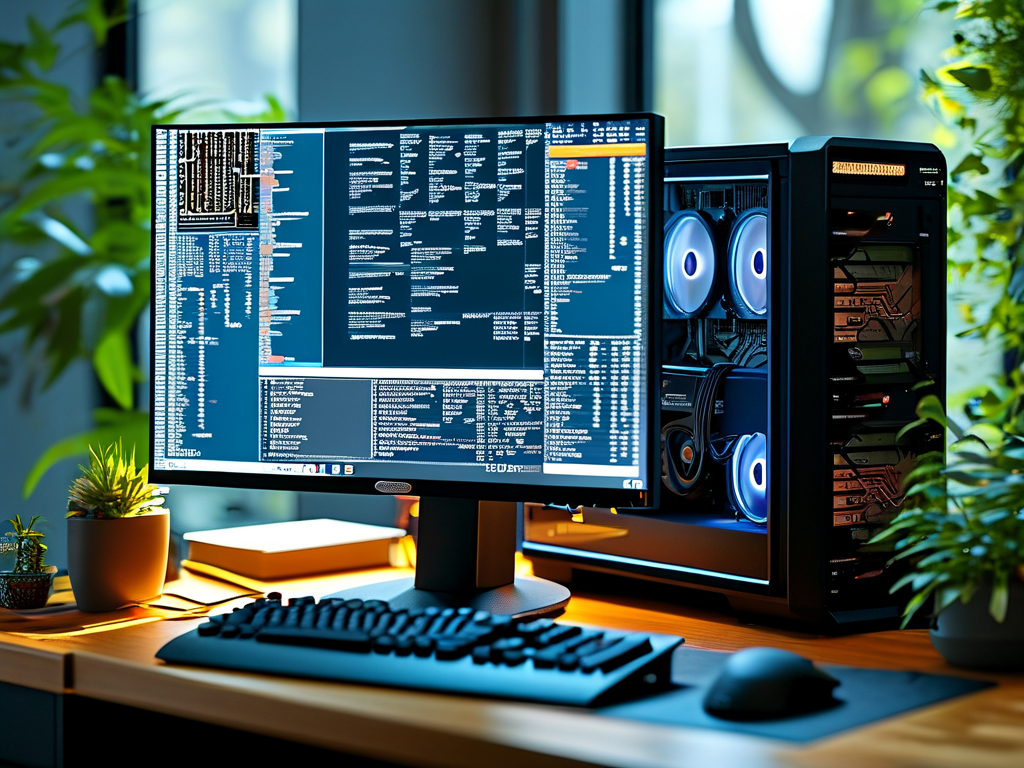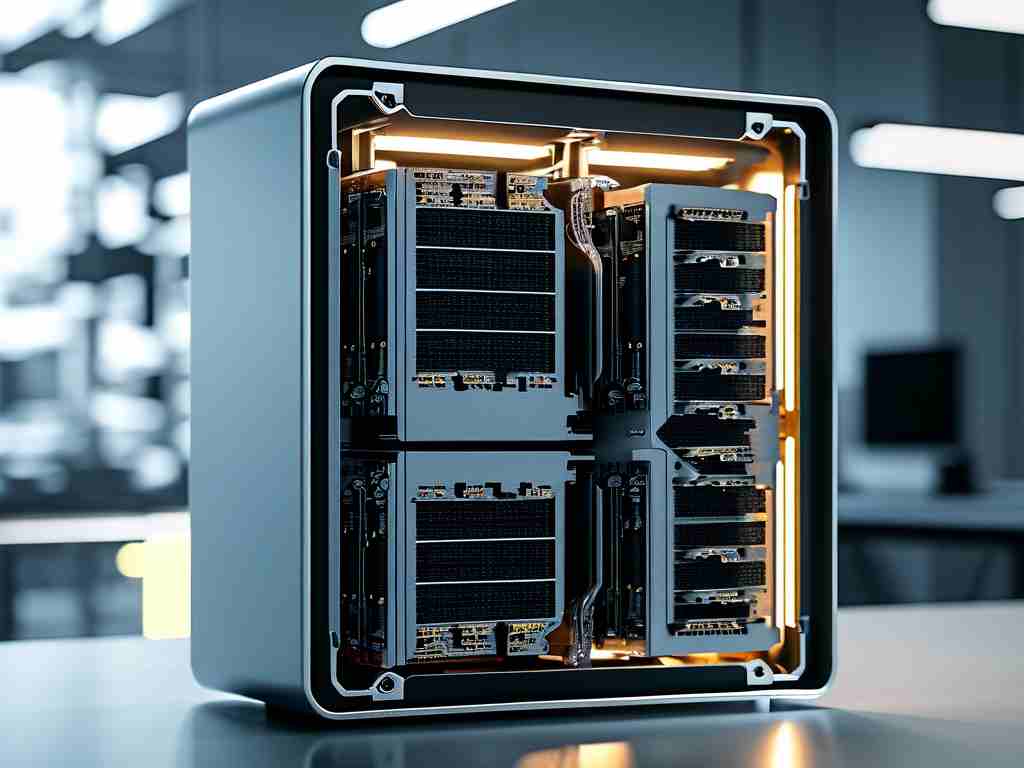Virtual memory is a critical component of modern computing systems, enabling efficient resource allocation and multitasking. Its performance and effectiveness depend on multiple interconnected factors, ranging from hardware configurations to software optimization strategies. Understanding these relationships helps users and developers optimize system behavior for specific workloads.
Hardware Foundations
The architecture of a computer's physical memory (RAM) directly influences virtual memory efficiency. Systems with limited RAM force the operating system to rely heavily on disk-based page files, creating latency during memory swapping. For instance, a machine with 4GB RAM running memory-intensive applications will trigger frequent hard disk read/write operations, significantly slowing down processes compared to systems with 16GB RAM. Storage medium speed further impacts this dynamic – solid-state drives (SSDs) reduce swap file access times by up to 10x compared to traditional HDDs.
Processor design also plays a subtle role. Modern CPUs incorporate memory management units (MMUs) that handle virtual-to-physical address translation. The efficiency of these components determines how quickly memory pages can be mapped and retrieved. Multi-core processors with advanced caching mechanisms demonstrate better virtual memory handling through parallel translation lookaside buffer (TLB) management.
Operating System Mechanisms
Page replacement algorithms form the backbone of virtual memory implementation. The Least Recently Used (LRU) algorithm, commonly implemented in Windows and Linux systems, maintains performance by prioritizing active memory pages. However, alternative approaches like Clock Algorithm variants offer better performance in specific scenarios, such as database servers handling large sequential queries.

Memory allocation strategies vary between operating systems. Windows employs a dynamic paging file (pagefile.sys) that expands as needed, while Linux uses dedicated swap partitions. These design choices affect how systems handle memory pressure – Linux swap partitions typically demonstrate faster response times during critical memory shortages due to pre-allocated space.
Application-Level Considerations
Software architecture significantly impacts virtual memory utilization. Programs developed with memory fragmentation in mind (using object pools or arena allocators) reduce page table complexity. For example, video editing software employing memory-mapped file techniques for large media files minimizes unnecessary physical memory consumption through strategic virtual memory mapping.
Memory leaks represent one of the most common virtual memory stressors. A single malfunctioning application consuming unchecked memory can degrade system-wide performance by forcing excessive paging operations. Developers combat this through garbage collection mechanisms and static analysis tools that detect memory management flaws during compilation.
Configuration and Optimization
Custom page file settings allow advanced users to balance performance and storage usage. Placing the swap file on a separate physical drive from the operating system can improve throughput, particularly when using RAID configurations. However, modern systems with sufficient RAM (16GB+) often benefit more from reducing swap file size rather than expanding it.
The rise of non-volatile memory technologies introduces new optimization possibilities. Intel's Optane Memory technology demonstrates how persistent memory modules can serve as ultra-fast swap areas, blurring the line between traditional RAM and storage-based virtual memory solutions.
Emerging Challenges
Cloud computing environments present unique virtual memory challenges. Hypervisors managing multiple virtual machines must coordinate memory allocation across competing guest OS instances. Techniques like memory ballooning dynamically adjust virtual memory allocations between VMs based on real-time demand, though this requires careful configuration to prevent performance degradation.
Machine learning workloads further stress virtual memory systems through unpredictable memory access patterns. Frameworks like TensorFlow now incorporate memory-aware scheduling that coordinates virtual memory mapping with GPU resource allocation, illustrating how application-specific optimizations continue evolving.
As computing architectures advance, the interplay between virtual memory and other system components grows more complex. Future developments in quantum computing and neuromorphic hardware may require fundamental rethinking of virtual memory paradigms. However, the core principles of efficient resource allocation and intelligent swapping mechanisms will remain essential for maintaining system responsiveness across all computing platforms.










